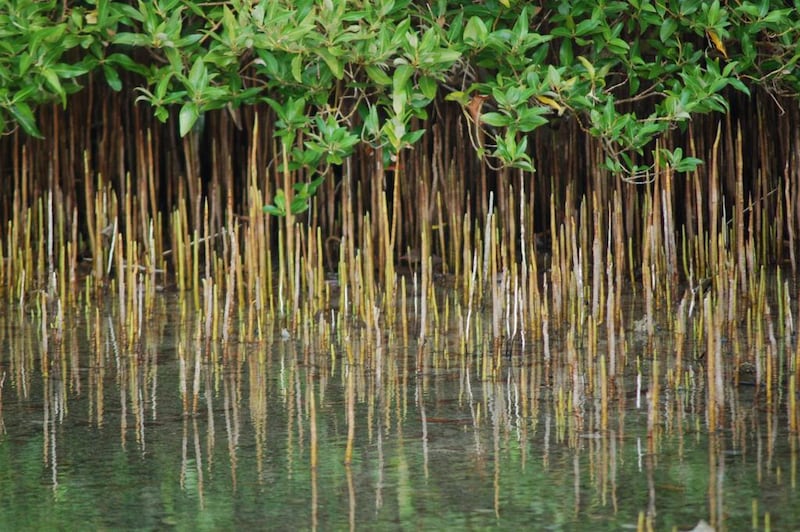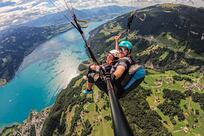MIRFA // On most days, the few wooden cabins that line the white sandy beach of Salaha island – one of dozens that make up the Marawah Marine Biosphere Reserve – are empty.
The last permanent resident, an old woman, moved to Mirfa on the mainland three years ago. But on weekends the island comes to life with the return of Emirati families, descendants of the people who once lived off the area’s bountiful fish.
“Until March, people come here for weekends and on vacations,” said Eid Al Romaithi, as he navigated a speedboat across the clear, shallow waters.
Casual visitors are not allowed in the reserve. Exceptions are made for descendants of the former population, who can visit their ancestral homes.
In the reserve’s core area around the island of Bu Tinah, only scientists and rangers from the Environment Agency Abu Dhabi, or Ead, have access.
Mr Al Romaithi, 39, who lives in Abu Dhabi, was on his way to Marawah Island, where he can trace his family’s history back generations.
“Our kids got used to coming to this island, so when it is vacation or the weekend they do not want to go to the mall or the city, they like to come here,” the father of four said.
His family also has the right to fish in designated areas. An adept fishermen, Mr Al Romaithi picks up new methods through television and YouTube clips.
He also uses traditional equipment such as sikar or sakkar – nets placed in shallow water during low tide along permanent wooden posts, trapping fish as the tide gets higher.
As the boat passes Ganana Island, Mr Al Romaithi points to an area where this technique could be used.
The water is shallow and the sandy seabed is interspersed with small algae-covered rocks that provide food and shelter for fish.
No one has ever lived on Ganana but in the past, Marawah residents would occasionally sail there to camp and fish, Mr Al Romaithi said. If they needed help in pulling their nets, they would light a fire on the beach, signalling for Salaha’s residents to join in.
It is the area’s marine riches that prompted Ead to declare it protected in 2001, said Ashraf Al Cibahy, manager of marine protected areas.
“Human interference in the coastal and marine area is still minimal compared to other areas,” Mr Al Cibahy said.
The water’s depth also shapes many topographical features such as small islands, shallow areas that emerge during low tide, and deep areas reaching up to 25 metres, Mr Al Cibahy said.
Seagrass beds, corals, mangroves, salt flats and sandy beaches allow different creatures to thrive.
Mr Al Romaithi’s family home on Marawah is spacious and includes a majlis, large sleeping quarters, servants’ quarters, a kitchen, and a children’s play area with slides and swings. He has also kept the small wooden house his father built in the mid-1960s.
“In the winter, we clean it and we stay inside,” he said.
Mr Al Romaithi has other reasons to visit the area. He is the site manager of Ead’s station in Mirfa. It is the reserve’s protected status that ensures its marine riches, and the heritage of the local people lives on, he said.
“Twenty years ago any boat could go and fish, even people with no knowledge,” he said. “Now there are rules and special permits for everything.”
vtodorova@thenational.ae
______________________________________________________________
Read more in our series:





